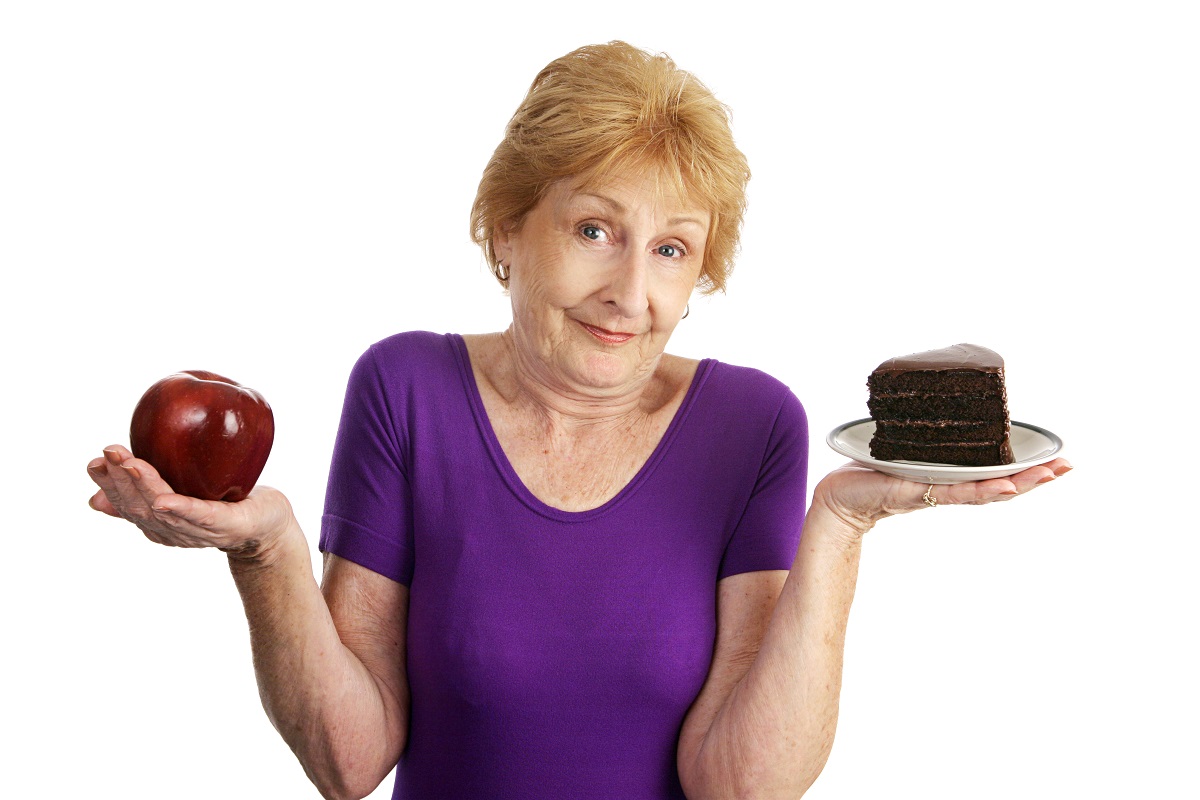As people age, their food needs change, which makes it important for them to choose healthy food, not just those that taste good. Even snacks for the elderly should be heart-healthy, as well as convenient, readily available, and easy to eat.
As people age, it sometimes becomes challenging to find foods that are appealing and nutritious. Older adults have different nutritional needs than their younger counterparts. Finding healthy eating alternatives does not have to be difficult, costly, or have you giving up taste.
Why Snacks Are The Perfect Elderly Snacks
Many seniors complain that they have lost their appetite. When they eat, they want smaller portions. They may even complain that their tastes have changed so that things they loved in their younger years no longer appeal to them.
Why have their appetites changed?
- They may have health conditions that affect their appetite.
- Their taste buds are less sensitive to different tastes.
- The smell of certain foods turns them off.,
- They are dehydrated from a lack of fluid and medications.
- They are less active,
- They have trouble preparing meals.
- They have trouble chewing.
There can also be issues around meal times. Old age brings about a lack of control, so some seniors hold out on one of the few things they can. Some older adults rebel against having a set meal time, while others require it. Others feel lonely, especially if they live by themselves, maybe after a partner and dinner companion has passed.
Snacks offer smaller easy-to-adjust portion sizes, a variety of tastes, and convenience anytime the senior wants them.
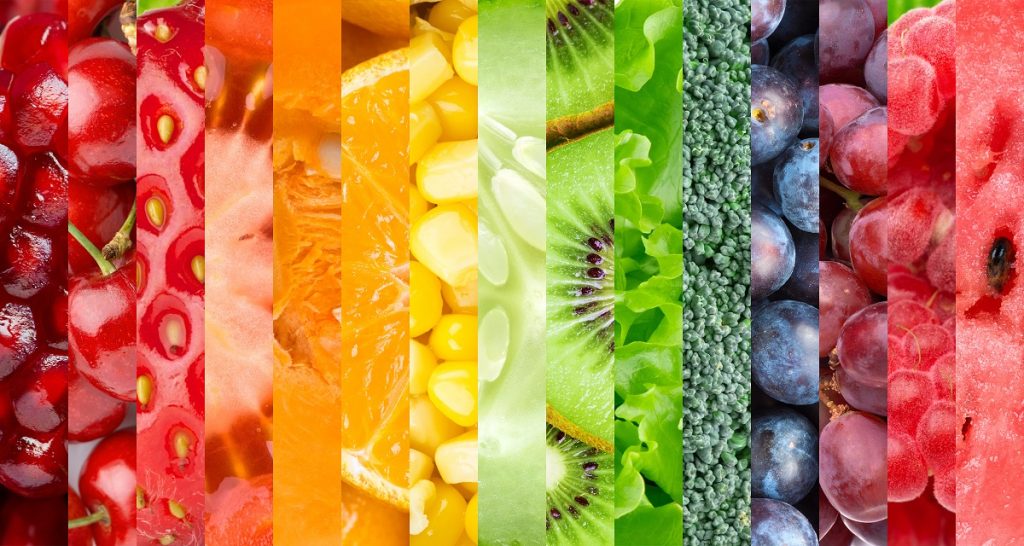
What Are The Best Foods For Seniors?
Just like with regular meals, snack food for elderly adults should be heart-healthy, nutritious foods. Many convenient processed snacks are full of calories and have little nutritional value. Sure, it is okay to have a few potato chips now and then; however, healthier substitutes that will keep you feeling fulfilled and satisfied are a much better choice.
Senior citizens are best off getting roughly 50% of their food from fresh fruits and vegetables, 25% from foods containing whole grains, and the remaining 25% from protein sources. When planning for snacks for yourself or your loved one, keep these percentages in mind that reflect the current food pyramid for seniors.
What Are Some Healthy Snacks For Seniors?
You can find healthy snacks good for elderly individuals and young people alike in all four categories.
1. Healthy Protein:
Instead of filling up on empty carbohydrate snacks, consider some nutritious snacks that will leave you feeling full and satisfied. Hard-boiled eggs, peanut butter, other nut butters, and turkey meat sticks are all excellent sources of protein.
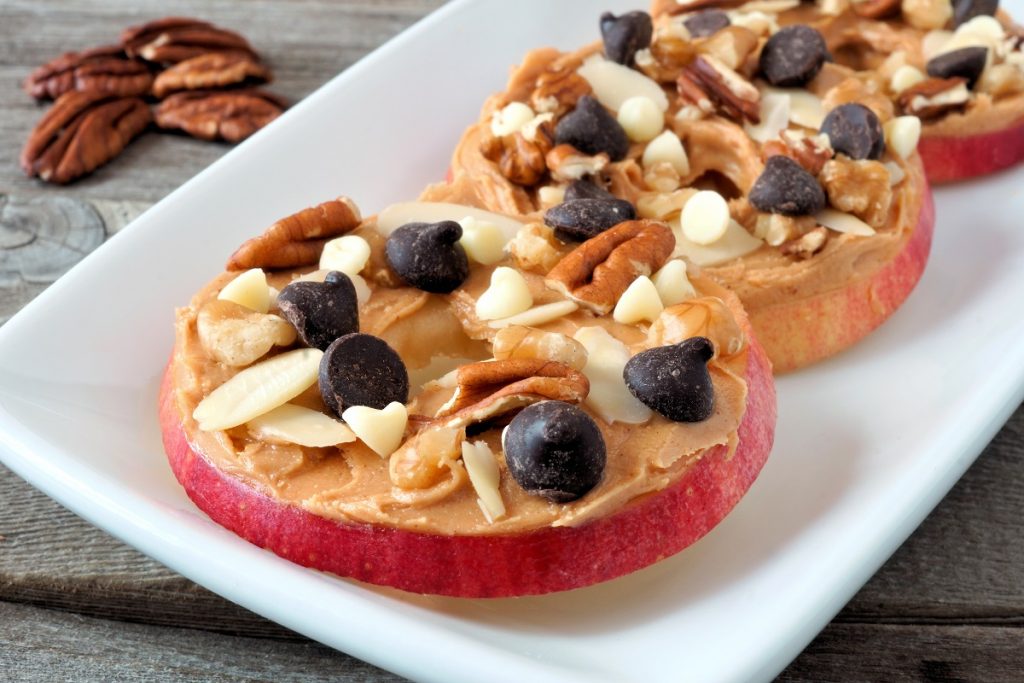
2. Fruits:
Having fruit handy so you can grab it on the go makes you more likely to consume it. One advantage of most fruit is that it is ready to consume without preparation. Bananas, apples, oranges, pears, and peaches are ready to go.
Other fruit may be cut up and kept on hand. A mix of melons and fresh berries like strawberries, blueberries, blackberries, and other berries make for a colorful, healthy snack. You can also put these fruits into a smoothie.
Even canned fruit makes a good snack so long as it is packed in natural juice or water rather than heavy syrup. Small cans with pull tabs require no refrigeration and are easy to open
3. Vegetables:
Veggies are also good healthy snack ideas. Cutting up colorful peppers, cucumbers, celery, and other veggies and putting them in your refrigerator makes them ready to eat. Enjoy raw veggies with dips made from plain Greek yogurt to get some additional protein without added unhealthy fat.
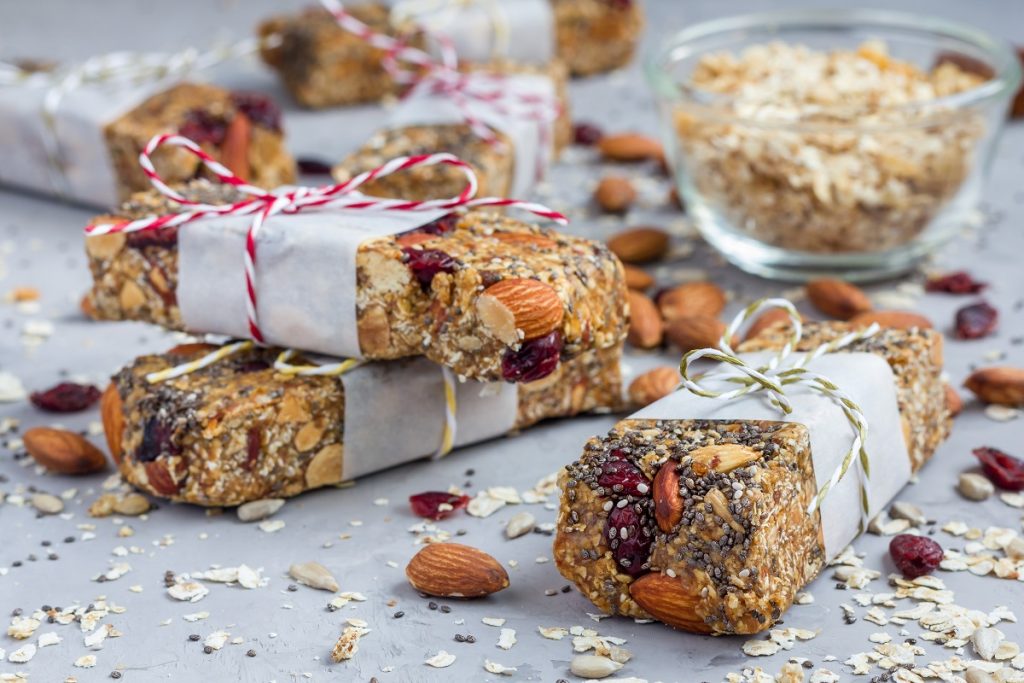
4. Grains:
You can make a small sandwich from a whole grain roll, wrap, or bread for an easy snack.
Granola bars are also options to consider, but many commercial varieties are high in sugars and fats. According to Healthline, you should read ingredients to select bars with less than 10 grams of sugar, at least 5 grams of protein, and at least 3 grams of fiber.
You or a helper can even make your own granola bars with this simple recipe:
- 2 cups (312 grams) of oats
- 1 cup (200 grams) of nuts (almonds, walnuts, pecans, pistachios, etc.)
- 1 cup (220 grams) of packed dates
- 1/4–1/2 cup (65–130 grams) of nut butter
- 1/4 cup (60 ml) of maple syrup or honey (optional)
- Mix-ins, such as dried fruit, coconut flakes, or chocolate chips
Combine ingredients in a large bowl.
Be sure to pulse the dates in a food processor for about one minute and warm the nut butter and maple syrup or honey in a saucepan before adding them to the mixture. If the nuts will be too hard to eat whole, chop them in the food processor too.
Stir the ingredients together, add the mix to a lined baking dish or loaf pan, and allow it to set in the freezer for 20–25 minutes. Then slice, serve, and enjoy.
Why Eat Healthy Snacks For Seniors?
The benefits of eating healthy snack foods are many:
- Blood Sugar Levels: Eating snacks with a good balance of protein and carbs have less impact on blood sugar levels than high-carb, empty-calorie foods.
- Energy: Combining proteins with carbs helps fuel your body longer than foods with less nutritional value.
- Healthy Fats: Although it is tempting to eat fast food or processed foods that are full of saturated fat, try to limit your snack foods to those with healthy fats. This can include nuts such as pistachios and cashews, or trail mix with a nut base.
- Weight Control: Filling up on fresh fruits, vegetables, and lean proteins can help with weight control.
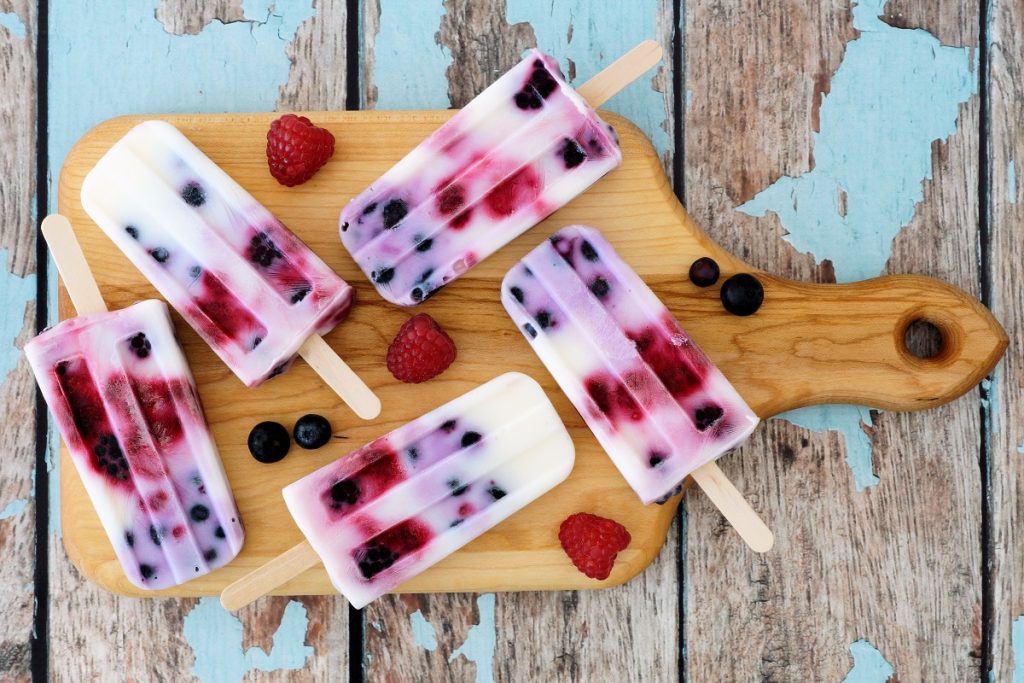
What Good Satisfy A Sweet Tooth?
Muffins, cookies, crackers, and other snack foods do the job, but as with granola bars, these foods can be high in calories, fats, and sugars. Read the labels for healthy varieties or make your own.
When fruit and vegetables don’t satisfy the craving for sweets, there are some appealing choices that are easy to keep on hand.
- Natural popsicles made at home with juice or yogurt or sugar-free popsicles
- Frozen squeeze yogurt in the tube
- Trail mix with nuts, dried fruits, such as cranberries, raisins, dates, and bananas, and for a sweet touch, antioxidant-rich dark chocolate. Just make sure to look for dry-roasted, unsalted nuts without added oils, sugars, or preservatives.
- Popcorn without butter is high in fiber and low in calories. While this is not sweet, it feels more like traditional snack food than a bowl of fruit.

What Makes For A Good Snack Food?
So what makes a good snack food? Whether you are a caregiver or a family member helping your loved one make good food choices, here are some things to keep in mind. Snacks should be convenient. If the person has to put too much time into preparation, they are less likely to reach for it. Snack foods need to be readily available and easy to grab.
A snack also should be the right size. That is the big difference between a snack and a meal. A snack is simply meant to tide you over until the next meal. Of course, we all want our snacks to be tasty.
For senior citizens, in particular, snacks should be healthy. Just recognize that you don’t have to sacrifice taste when you eat healthy. Sweet potatoes can be cut into slices and air fried to emulate chips, peaches can be added to cottage cheese for a sweet yet protein-packed snack, and dried fruit mixed with nuts can incorporate both sweet and salty.
What Snacks Do Seniors Need To Stay Healthy?
As mentioned previously, senior citizens should focus on snacks that incorporate the types of foods recommended for older adults. This means foods low in saturated fat. Foods that are fortified with Vitamin D are also great for optimum health.
When you are craving sweets, dark chocolate is a much better choice than milk chocolate. You can also purchase protein powder in a variety of flavors for a tasty drink that is similar to a milkshake.
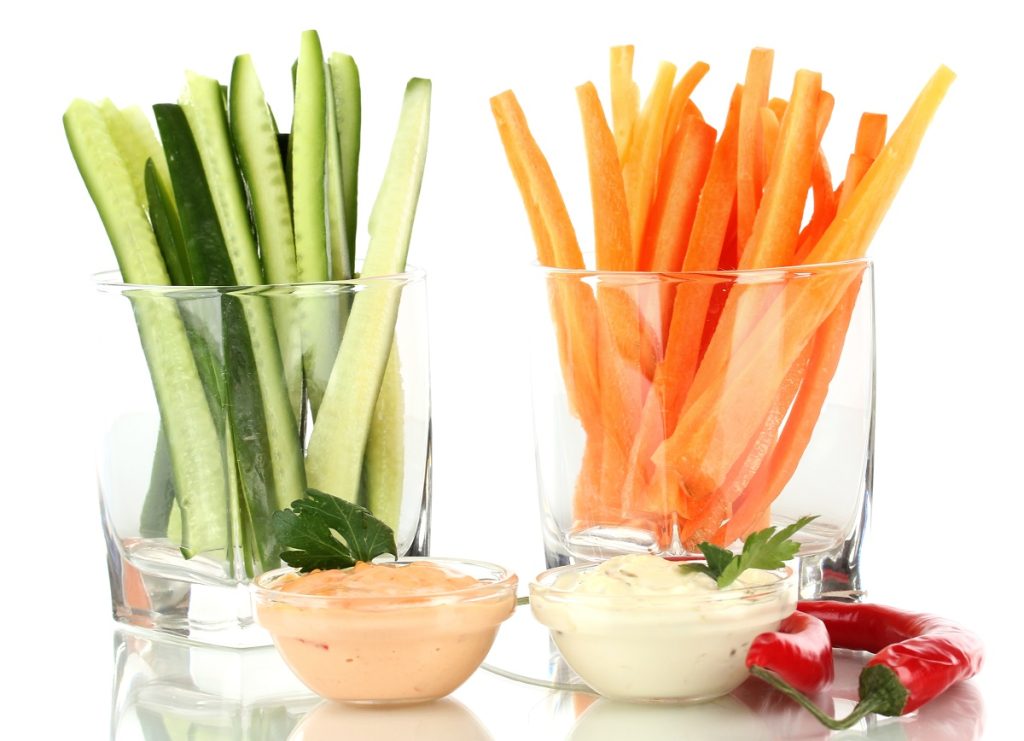
What Is A Good Bedtime Snack For Seniors?
Looking for a good bedtime snack? There are so many good options out there. Usually, when looking for something right before bed, it does not take much to be satisfying. Some examples of small snacks:
- Celery with nut butter
- Cottage cheese with fresh fruit
- Frozen yogurt
- Fruit smoothie with flax seeds
- Trail mix
- Veggies with hummus
What Soft Foods Can Elderly Folks Eat?
Some senior citizens have difficulty with hard food due to problems with their teeth or swallowing. If that is a concern, there are a lot of options out there.
Consider things you can drink. There are many different types of protein shakes and smoothies out there. You can make a smoothie with any type of fruit, add yogurt for extra protein, and even add flax seeds or spinach for extra fiber and nutrition.
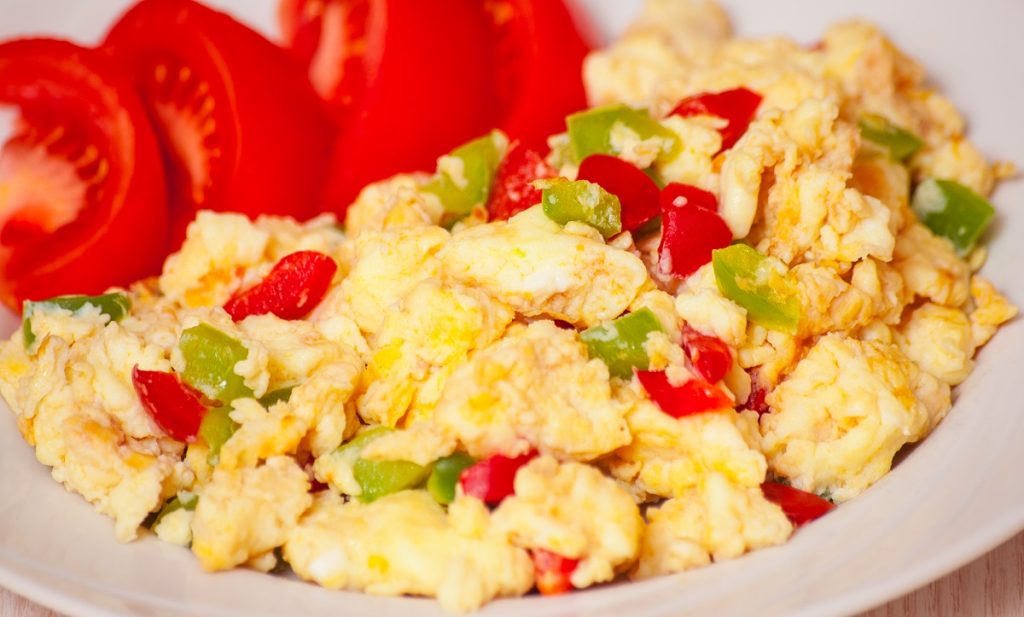
Yogurt is another soft food option, and you can even freeze it, so it is similar to ice cream. Scrambled eggs are also easy to eat, and most people can have them.
What To Feed A Senior With No Appetite?
One challenge of senior care is that older people often lose their appetite. When that happens, try to use seasonings that will appeal to the individual. The more aromatic the food is, the more appealing it may be.
It is okay to make food choices that the senior citizen seems interested and engaged in eating. After all, it does not matter how healthy the foods are if the person won’t eat them. Help them choose appealing items to ensure they want to eat.
Also, having someone sit down and eat with the person is an excellent way to get them to eat. Often, the person is lonely. Eating with another person helps stimulate the appetite.
How Often Should Elderly Adults Eat?
Older adults often have lower caloric needs than when they were younger. It is not uncommon for older people to eat two meals each day instead of three or to be more interested in grazing all day instead of having big meals.
There is nothing wrong with having four or five small meals in place of two or three bigger ones. Just be certain that the person’s nutritional needs are being met.

